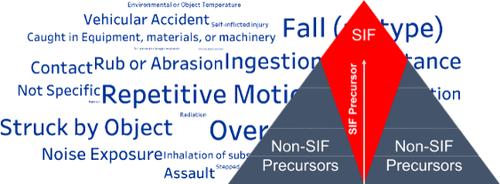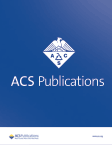从十年样本中评估事件潜在严重性框架的案例研究
IF 3.4
Q2 PUBLIC, ENVIRONMENTAL & OCCUPATIONAL HEALTH
引用次数: 0
摘要
本案例研究的主要目的是确定一个框架的适用性和可行性,该框架可利用职业事故细节来前瞻性地识别 "潜在的严重伤害或死亡"(pSIF)案例。这项研究全面审查了劳伦斯利弗莫尔国家实验室 (LLNL) 十多年来 21 种通用事件类型中的 1,081 个伤病案例的随机样本,劳伦斯利弗莫尔国家实验室是美国能源部的一个研发机构,拥有 9,000 多名员工。审查采用了一个通用框架,根据信息适用性、潜在严重性和未来事件缓解程度对每个案例进行分类。研究结果表明,86.6% 的案例有足够的信息来对潜在严重性做出高置信度的判断,这强调了应用此通用框架的可行性。此外,pSIF 分数较高的案例,其机构响应的平均水平也较高。实施简化的事件分类方法,强调潜在严重性高的事件(无论事件类型如何),可帮助 LLNL 确定资源的优先级,并采用分级方法对此类事件做出有针对性的响应。LLNL 已认识到这一能力的价值,并将在 2024 日历年度将该框架纳入其伤病流程。本文章由计算机程序翻译,如有差异,请以英文原文为准。

A Case Study in Assessing a Potential Severity Framework for Incidents from a Decadal Sample
The primary objective of this case study is to determine the applicability and feasibility of a framework that leverages occupational incident details to prospectively identify “potential Serious Injury or Fatality” (pSIF) cases. This study comprehensively reviewed a random sample of 1,081 injury and illness cases across 21 generalized incident types spanning over a decade at Lawrence Livermore National Laboratory (LLNL), a U.S. Department of Energy research and development facility with more than 9,000 employees. The review applied a general framework that classified each case on information suitability, potential severity, and future incident mitigation. The findings from the study indicate that 86.6% of the cases had sufficient information to make a high-confidence determination on potential severity, underscoring the feasibility of applying this general framework. Additionally, cases with a higher pSIF score had, on average, a higher level of institutional response. Implementing a simplified methodology for incident classification that emphasizes incidents that pose high potential severity, regardless of incident type, can help LLNL prioritize resources and tailor responses to such incidents using a graded approach. LLNL has recognized the value of this capability and is integrating the framework into their injury and illness process in the 2024 calendar year.
求助全文
通过发布文献求助,成功后即可免费获取论文全文。
去求助
来源期刊

ACS Chemical Health & Safety
PUBLIC, ENVIRONMENTAL & OCCUPATIONAL HEALTH-
CiteScore
3.10
自引率
20.00%
发文量
63
期刊介绍:
The Journal of Chemical Health and Safety focuses on news, information, and ideas relating to issues and advances in chemical health and safety. The Journal of Chemical Health and Safety covers up-to-the minute, in-depth views of safety issues ranging from OSHA and EPA regulations to the safe handling of hazardous waste, from the latest innovations in effective chemical hygiene practices to the courts'' most recent rulings on safety-related lawsuits. The Journal of Chemical Health and Safety presents real-world information that health, safety and environmental professionals and others responsible for the safety of their workplaces can put to use right away, identifying potential and developing safety concerns before they do real harm.
 求助内容:
求助内容: 应助结果提醒方式:
应助结果提醒方式:


